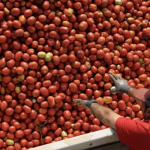Shedding the Load at Glenlands Farm
Added 7 months ago
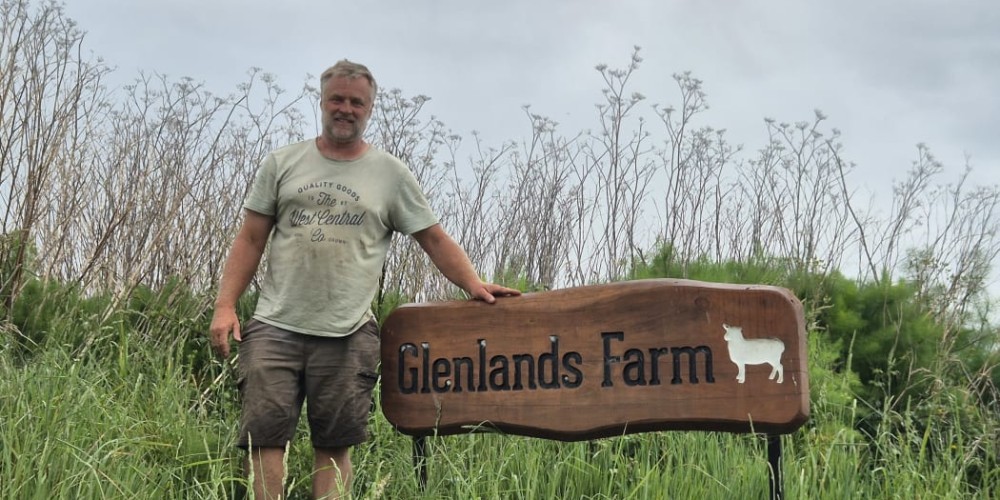
Up in the Esk Valley of Hawke's Bay, Glenlands Farm is home to a rather unique flock of sheep. Owned by the Martin family since 1970, the 244-hectare property now runs a breed called the SheepMaster—shedding sheep known for their low-maintenance coats and lean meat.
Dean Martin, who took over the farm in 2014 with his wife Antoinette, says SheepMaster sheep are still relatively new to New Zealand. Wanting to enhance the Wiltshire ewes already on the farm, Dean began looking for a hardier, more efficient alternative—especially one that didn’t involve the ongoing costs and effort of wool production.
His search took him to Australia, where he discovered the SheepMaster. This breed blends genetics from African, Israeli, and European lines, and is bred for meat, not wool—delivering lean cuts with minimal fat. Dean and Antoinette imported semen straws to build up their own flock and now operate as a stud farm.
Switching to a shedding breed has significantly lightened the workload. “When I was in my 20s, I didn’t mind crutching and shearing,” Dean said. “But now I’m in my 50s, it’s not so much fun.”
Wool, once a valuable commodity, no longer stacks up financially. “We're actually losing money on it,” Dean explained. “There are so many extra costs. It’s a real shame because wool is such a great, environmentally friendly product. You’d think natural fibres would be in demand, but people seem to prefer plastic-based alternatives.”
Interest in the SheepMaster is growing among New Zealand farmers looking to simplify operations and reduce wool-related expenses.
Innovation runs deep in the Martin family. Dean’s father was trialling alternative fertilisers in the 1980s, and Dean himself has more recently embraced regenerative agriculture. This approach focuses on improving soil health, biodiversity, and water systems—while also capturing carbon in the soil and vegetation.
A severe drought in 2007 sparked the shift. Just returning to the farm as a partner, Dean was forced to destock and rethink how they were grazing. Shifting to dairy grazing and adjusting the timing of stock movements showed surprising results—more feed, even in tough conditions.
“The key to regenerative grazing,” Dean explained, “is matching your grazing with the weather. When it’s dry, you stretch out your rotation to help the pasture recover.”
Dean isn’t afraid to experiment. This year, instead of rotating stock, he’s trialling set stocking to thicken the pastures. He knows change can be daunting, especially with high debt, but encourages others to start small—test regenerative ideas on a single paddock before applying them across the farm.
“At the end of the day, we’re all just doing our best with what we’ve got,” he said. “Regenerative farming is just another lens to look through.”
Join the conversation
Be the first to leave a comment.
Leave a comment
All comments are reviewed before they are published on the website. Your email address will not be published.
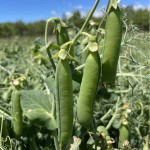
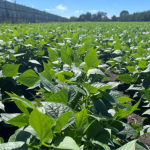

Community Engagement and Knowledge Sharing Strengthen the Carbon Positive Project
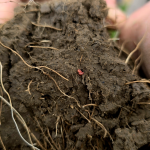
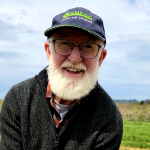
Farewell to Trustee Phil Schofield – A Foundational Leader of the HBFFCT
